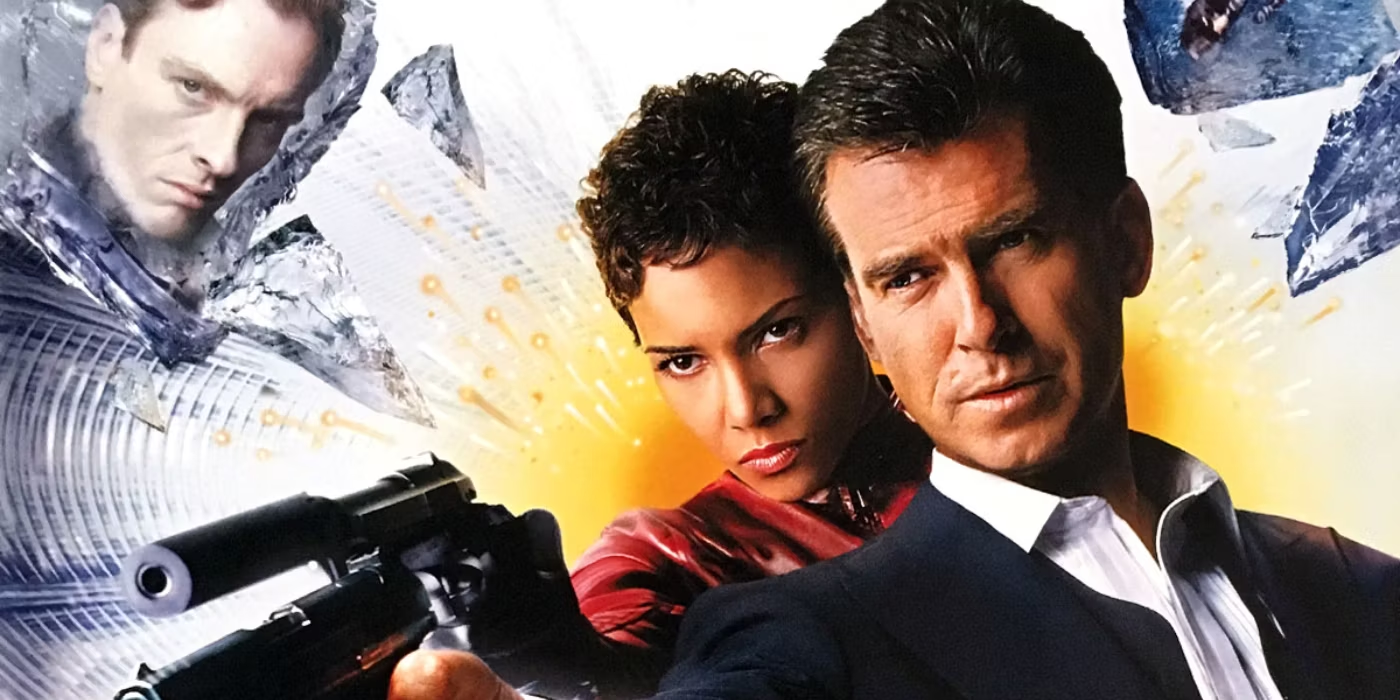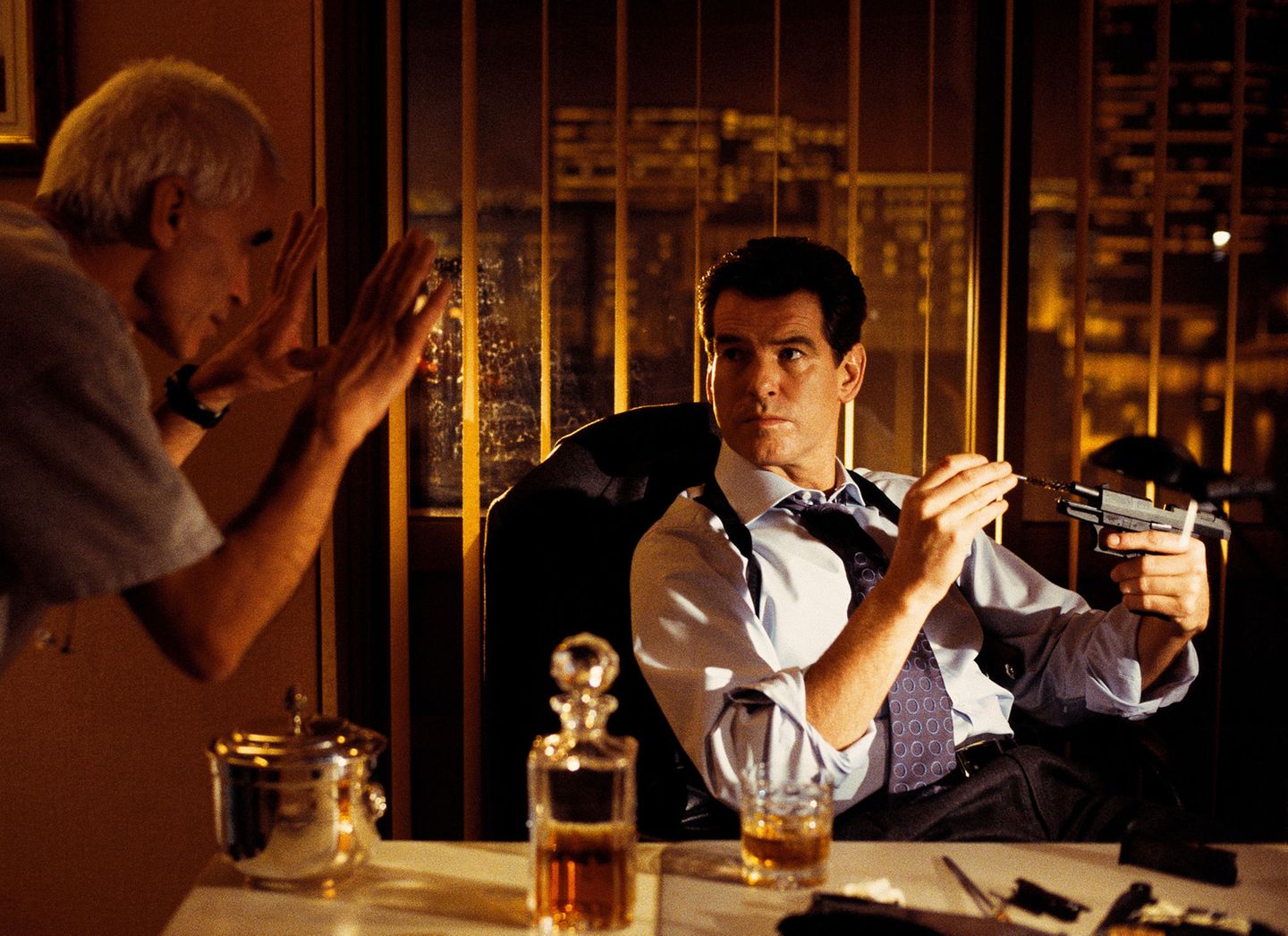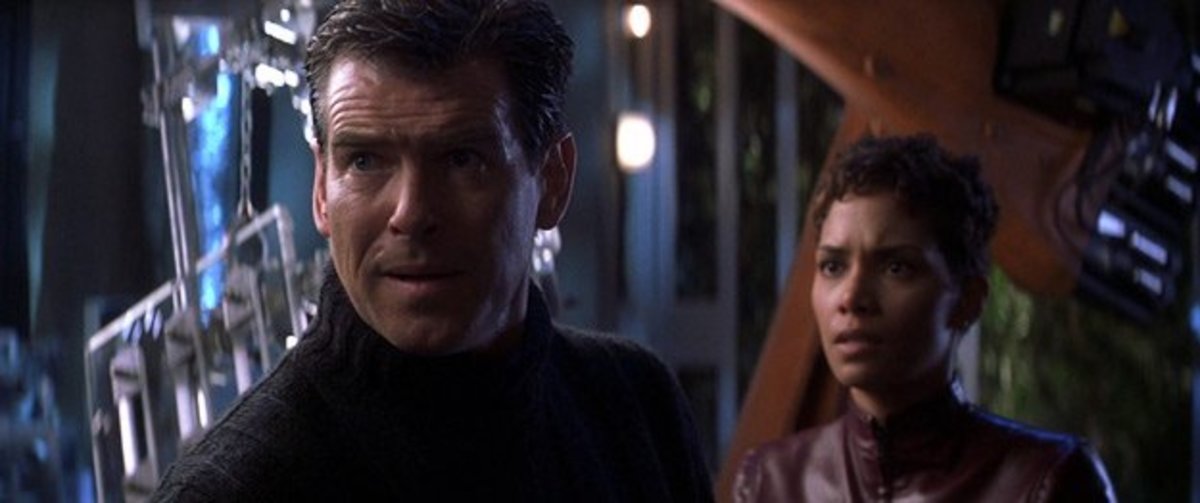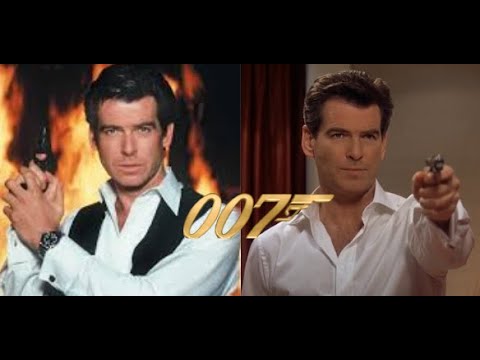Pierce Brosnan’s tenure as James Bond, while marked by financial success, often polarized critics and fans alike. Despite stepping into the shoes of iconic predecessors like Sean Connery and Roger Moore, Brosnan’s portrayal faced considerable challenges, not least due to script issues and an over-reliance on CGI. The transition from Brosnan to Daniel Craig marked a significant shift in the franchise’s direction, one that reflected changing tastes and cinematic trends.

The Brosnan Era: Highs and Lows of Bond
Pierce Brosnan debuted as the suave secret agent in 1995’s “GoldenEye,” delivering a performance that was initially well-received. This film revitalized the Bond series, introducing 007 to a new generation. Yet, the subsequent films struggled to maintain this momentum. Despite the commercial success of movies like “Die Another Day,” which grossed over $431 million worldwide, the response from critics and audiences was mixed. The films during Brosnan’s era were often critiqued for their implausible scenarios and heavy use of CGI, which many felt detracted from the essence of the Bond character.
“I wanted Bond to get a little more gritty and real and down and dirty,”
Brosnan remarked in an interview with Screen Rant. However, he found the scripts remained tethered to “the same outlandish scenarios.” This longing for a shift in portrayal perhaps foreshadowed what was to come with Craig’s interpretation.

Transition to Craig: A New Vision for 007
The introduction of Daniel Craig as James Bond represented a pivotal change in how the character was portrayed. Announced as Brosnan’s successor, Craig faced initial skepticism from fans who felt he did not fit the traditional image of the debonair spy. However, 2006’s “Casino Royale” quelled many doubts by offering a fresh, grounded, and intense take on the character, which was both a critical and commercial success.
Craig’s era brought a new depth to the narrative structure of the Bond series. His films, including “Quantum of Solace,” “Skyfall,” “Spectre,” and “No Time to Die,” were interconnected, creating a comprehensive saga that was distinct from the mostly standalone stories of his predecessors. This approach allowed for more complex character development and a deeper exploration of Bond’s personal demons and motivations.
The Legacy and Future of James Bond
As the Bond franchise continues to evolve, the role has become one of cinema’s most coveted. Following Craig’s departure, speculation about his successor has been rampant, with actors like Aaron Taylor-Johnson being mentioned as potential candidates. The franchise’s direction post-Craig remains a topic of keen interest and speculation among fans and critics.

The transition from Pierce Brosnan to Daniel Craig in the Bond series highlights the franchise’s ability to adapt and reinvent itself in response to changing audience expectations and cinematic trends. While Brosnan’s films were successful in their own right, the shift towards a more realistic and emotionally complex portrayal under Craig has set new standards for what audiences expect from their cinematic heroes. As we await the next chapter in the Bond saga, the legacy of both Brosnan and Craig serves as a reminder of the enduring appeal of this iconic character.

